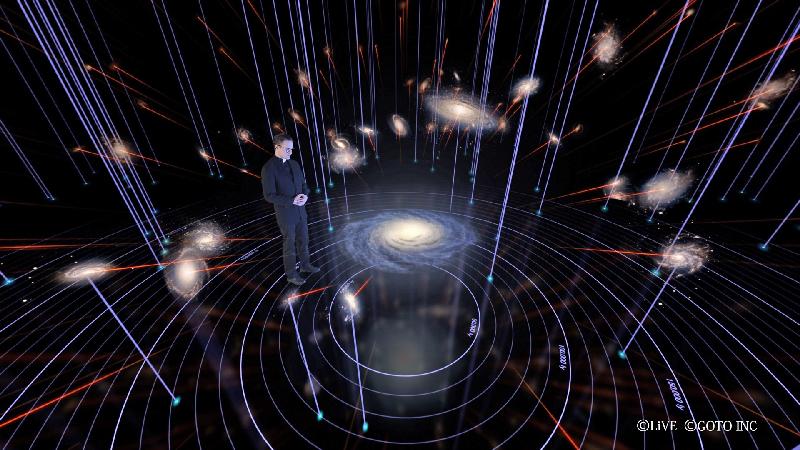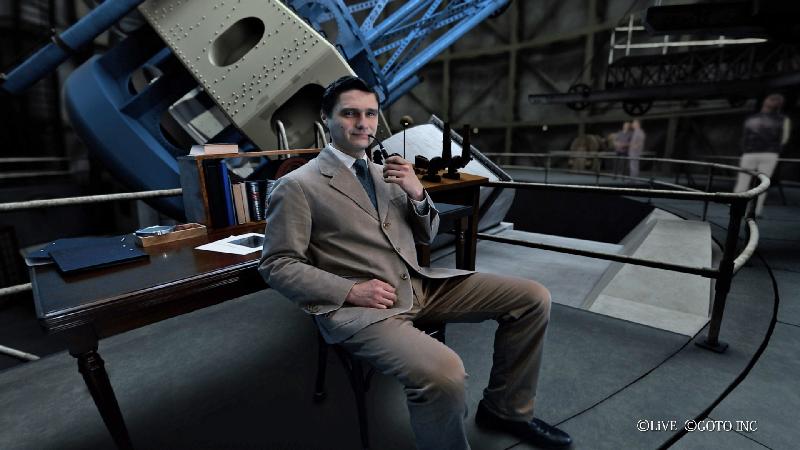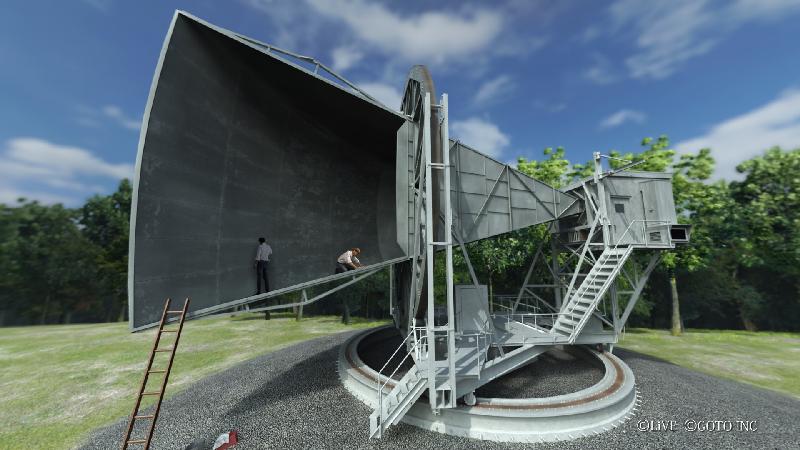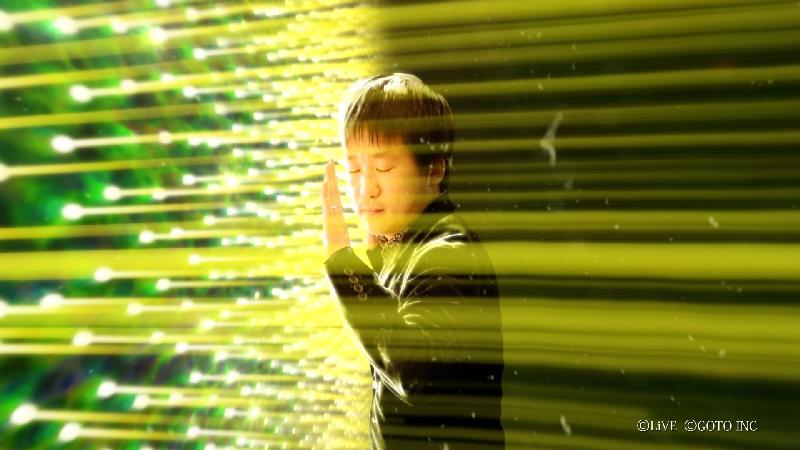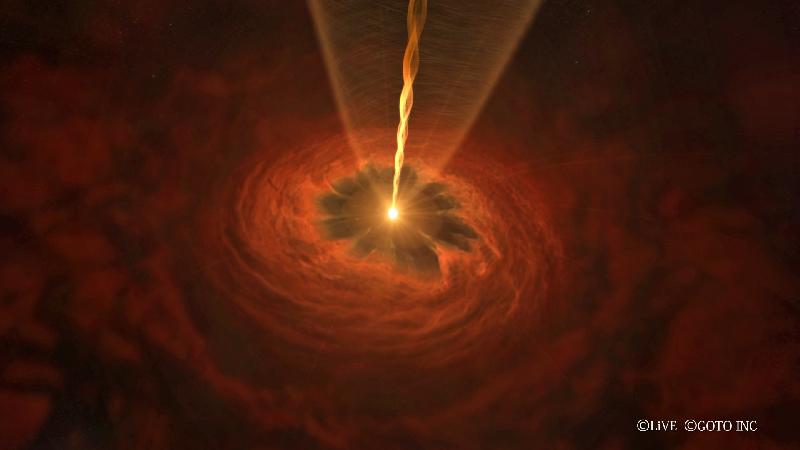Space Museum launches new sky show “HORIZON: Beyond the Edge of the Visible Universe” (with photos)
The Hong Kong Space Museum's new sky show, "HORIZON: Beyond the Edge of the Visible Universe", will be launched tomorrow (May 1). Audiences can follow the footsteps of various astronomers from different generations over 100 years to reveal the mysteries of the universe. Apart from learning about science concepts illustrated through vivid animations, viewers will witness how astronomers can broaden understanding of the universe and open up horizons through the use of imagination, reasoning and technology.
By examining the light from stars, astronomers discovered the universe is expanding, which means the universe had a beginning in the past. The light from the most distant galaxies may provide information about the early universe as the light was emitted very long ago. However, there is a limit in terms of the past which we can see. That "edge" of the universe is the cosmic microwave background radiation, the "oldest light" that reaches the Earth.
Fortunately, from the fluctuations in this radiation, astronomers can extract information to allow people to reach beyond this edge and probe into the universe at even earlier moments. Astronomers can also figure out the ratio of ordinary matter, dark matter and dark energy in the universe. The delicate balance of these constituents contributes to today’s universe, formation of atoms, and ultimately the possibility of the very existence of living things and humans.
The 41-minute show will be screened until October 31 at the museum's Stanley Ho Space Theatre. It will be screened daily at 3.50pm and 7.20pm. An additional show at 12.20pm will be available on Saturdays, Sundays and public holidays.
Tickets priced at $24 (front stalls) and $32 (stalls) are available at the Hong Kong Space Museum Box Office and URBTIX (www.urbtix.hk). The museum is closed on Tuesdays (except public holidays).
For further information, please call 2721 0226 or visit hk.space.museum.
